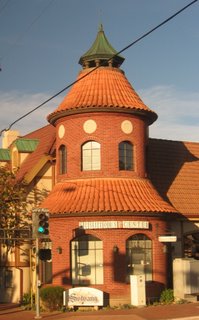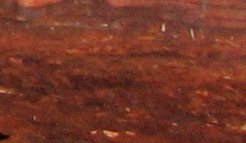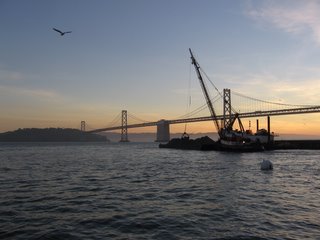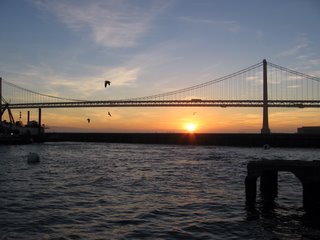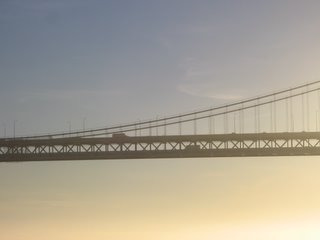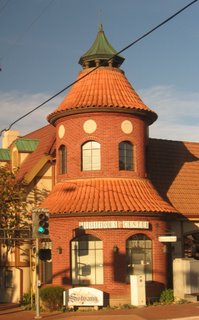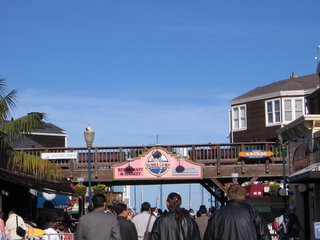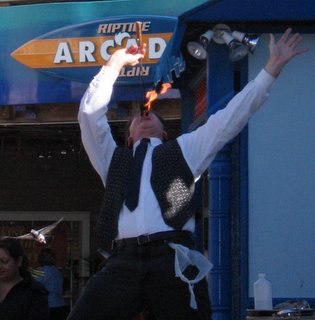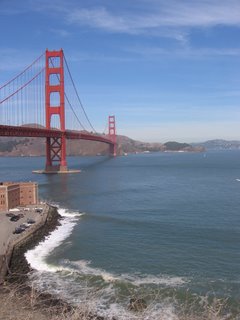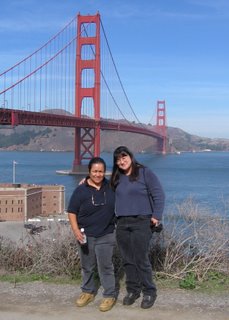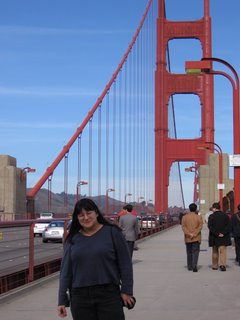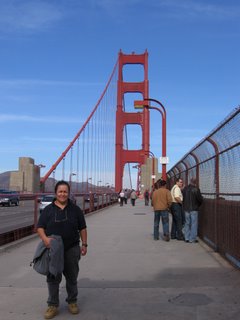Heading toward home, I think fondly of the places we’ve been. We’ve seen glaciers, sand dunes, waterfalls, jagged peaks, prairies, rivers, beaches, rainforests, and rolling hills. We’ve walked in the snow, kissed on the sidewalks in San Francisco, ridden in a skypod, watched the foliage turn, enjoyed romantic meals together, crossed a suspension footbridge, hugged a redwood tree, and gazed through a glass floor at the city below.
We’ve seen elk, deer, mountain sheep, coyotes, bald eagles, Canadian geese, hawks, ravens, magpies, a white peacock, pelicans, dolphins, rabbits, chipmunks, and black squirrels, all in the wild. We also saw farms with llamas and ostriches. At the aquarium we watched sharks, bat rays, sea otters, and a number of sea birds, including puffins and others that dive for food.
We’ve watched the foliage change across the continent, and back again. The east coast's brilliant crimsons and fiery oranges gradually give way to shocking yellow... this fades to be replaced by green pines striped with dramatic white cedars. The tan and brown skeletons of other trees take over from there. Finally, even the hardiest trees surrender and the landscape is dominated by grasses and plains. Then as you approach the mountains, the process begins in reverse. Of all of these, first prize goes to the maples, found especially in
It’s been a spectacular journey! Thank you so much for sharing it with us!
I'll load our pictures to an online photo album for easy viewing, and post the web address here.
Nickie has some thoughts she would like to share about our trip. Keep an eye out for this, coming soon. Her writing is exquisite, regardless of what she may tell you!
